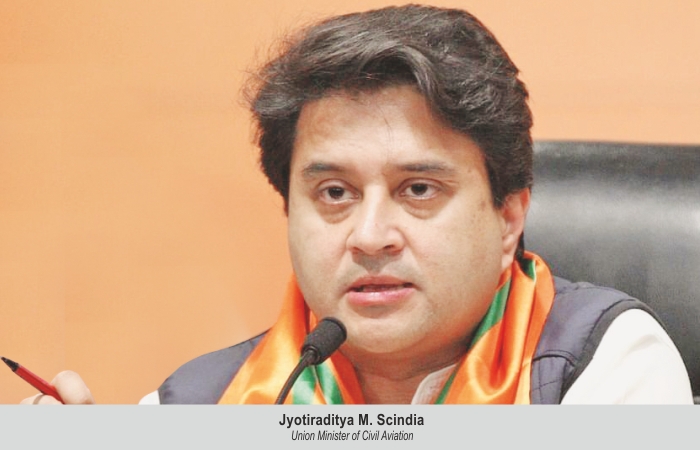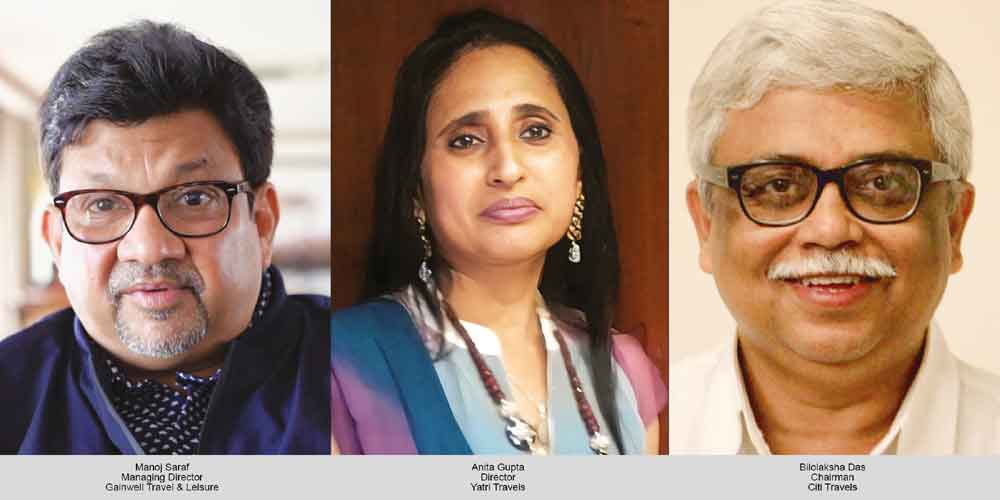The civil aviation sector in India is at a significant point with Indigo Airlines’ groundbreaking order of 500 aircraft from Airbus, highlighting the immense potential of the industry. Jyotiraditya Scindia, Union Minister of Civil Aviation, hailed the order as a testament to India’s remarkable aviation growth.
Janice Alyosius
The civil aviation sector in India has reached a pivotal moment with Indigo Airlines’ remarkable order of 500 aircraft from Airbus, emphasising the immense potential of civil aviation in the country. Jyotiraditya Scindia, Union Minister of Civil Aviation, praised the order as a testament to the unprecedented growth witnessed by the aviation sector of India over the past nine years and the opportunities it presents for stakeholders and the country’s 1.4 billion people, who increasingly aspire to travel by air.
The minister emphasised this landmark transaction, which comes on the heels of Air India’s procurement for 470 aircraft—250 from Airbus and 220 from Boeing. “With this latest order, India has once again set a historic milestone, securing the largest-ever recorded order by a carrier from any aircraft manufacturer in the world,” the minister said. Highlighting the significance of understanding the multiplier effects of civil aviation, including the direct and indirect economic impacts, the minister said, “Every dollar invested in civil aviation yields $3.1 in terms of new growth, and each direct job in the sector generates 6.1 indirect jobs, showcasing the tremendous dividends derived from the ever-expanding civil aviation sector.”
Minister Scindia stressed upon the exceptional growth of the country’s airline sector, which has seen a 75 per cent increase in fleet size, expanding from 400 in 2014 to a current count of 700 aircraft. “This growth has witnessed the emergence of countrywide carriers like Akasa and regional carriers such as India One Air, Star Air, and several others. Furthermore, the orders placed by India’s leading carriers now surpass the total fleet size of the country in 2013-14, illustrating the industry’s rapid expansion,” the minister shared.
Highlighting future plans, Scindia revealed the ambitious goals of expanding the fleet from 700 to nearly 2,000 aircraft within the next seven to 10 years. “The government aims to increase the number of airports from 74 to 148, develop water drones and heliports, and enhance the throughput capacity of the six major metros from 221 million to almost 420 million passengers annually by 2030. We are also looking at now creating with this expanding footprint, an international civil aviation hub within India. For far too long, our hubs have been located outside our eastern border or outside our western border, now the government is committed to establishing an international civil aviation hub within India, with Delhi as the first hub, bringing an end to the reliance on neighbouring countries,” the minister said.
Scindia said that the Prime Minister’s vision of democratizing civil aviation has now become a reality, given the expansion of infrastructure, fleets, and the creation of an international footprint within India. “As civil aviation continues to expand its reach, connecting metros with tier II and tier III cities within India and extending across the seas to multiple continents, it is undoubtedly time to seize the skies.”
The minister congratulated the Indigo team on their remarkable achievement and extended his best wishes for their future endeavours. “With the continuous growth of fleets, infrastructure, and international presence, India’s civil aviation sector is poised for remarkable success, aligning with the government’s vision to make air travel accessible to all,” he said.
 TravTalk India Online Magazine
TravTalk India Online Magazine





